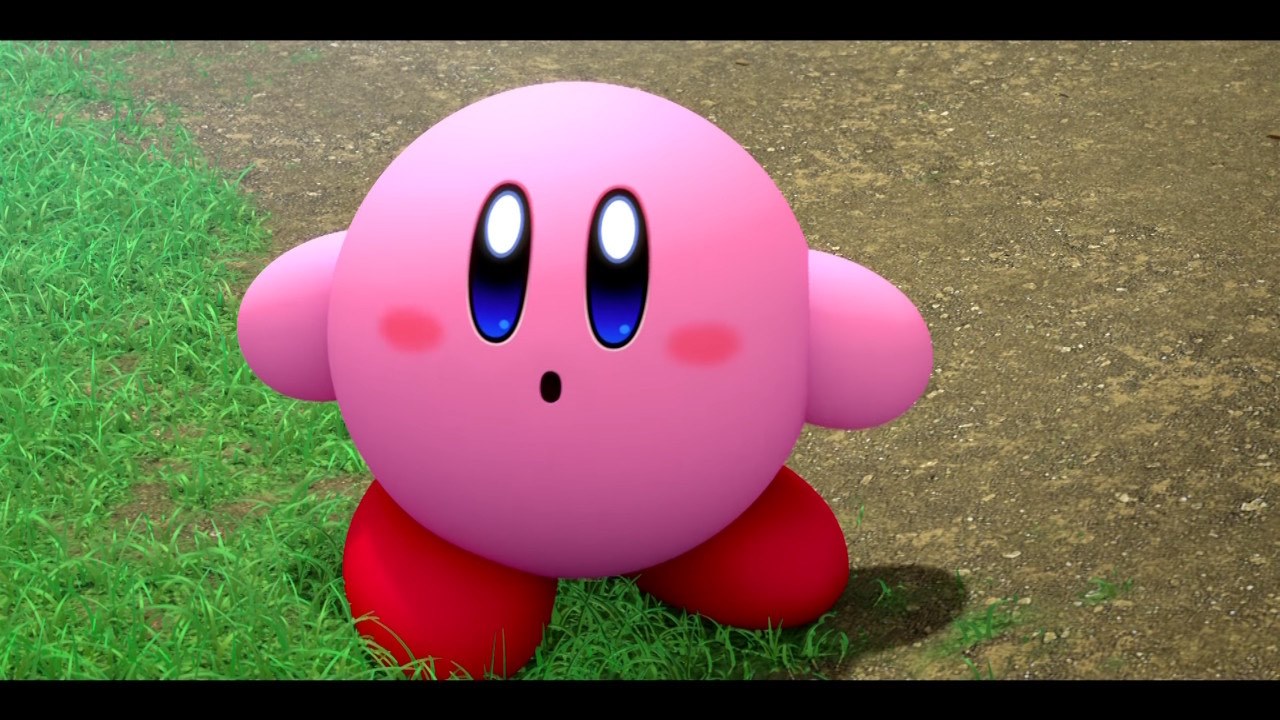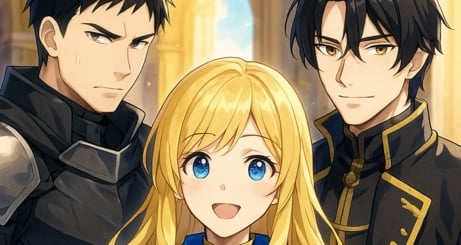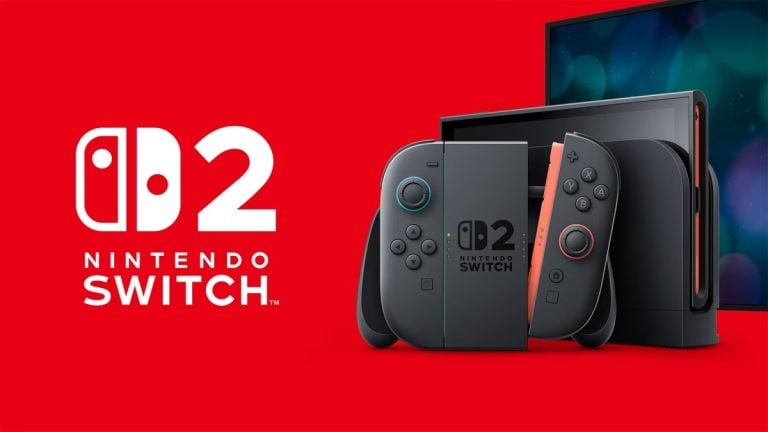Written by. Nick Mosier based on the original Japanese article (original article’s publication date: 2022-03-24 18:51 JST)
Nintendo has released the latest installment of their Ask the Developer series, and this time they speak with HAL Laboratory about the development of Kirby and the Forgotten Land. The interview gives a behind-the-scenes look at HAL’s technical skills and reveals some unexpected looks into their development process.
Kirby and the Forgotten Land is the latest title in the Kirby series launching on March 25 for the Nintendo Switch. It’s especially notable for being the series’ first mainline 3D platformer, with stages having depth for Kirby to freely run around in. The game is packed with new elements like Mouthful Mode where Kirby inhales objects like vending machines and traffic cones for new abilities, powered up variations of classic copy abilities, and Waddle Dees to rescue in each stage to further develop Waddle Dee Town.
Something that stands out about Kirby and the Forgotten Land is how the cute graphics really pop. But it sounds like there is some impressive technical prowess hidden behind the scenes. When bringing the Kirby series to 3D, HAL explains that there were some unique hurdles involved specific to Kirby. One being that it’s difficult to judge which way Kirby is facing when looking from a behind or side view. No matter what angle you look from, Kirby’s round body creates the same silhouette. Since this can make it hard for players to judge Kirby’s direction, it would also make it tough to accurately attack enemies.
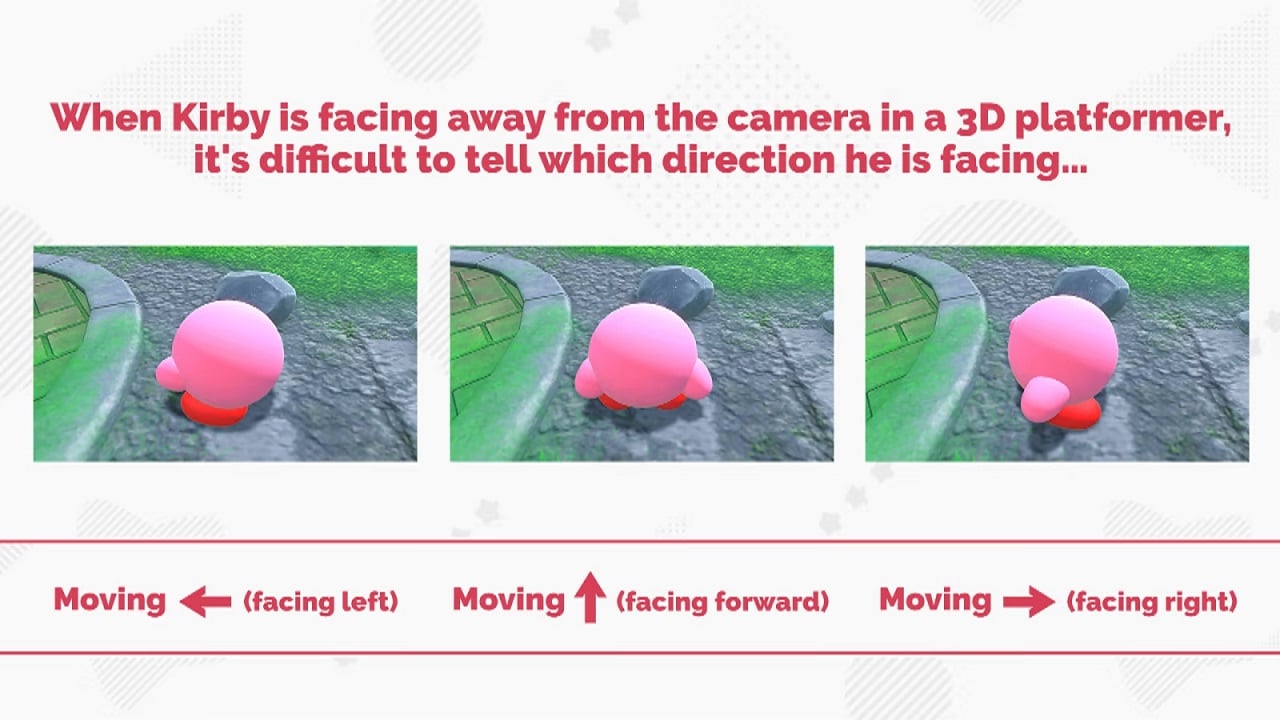
Kirby and the Forgotten Land implements a neat technical solution to this problem. If on the screen an attack looks like it hit an enemy, it will count as a hit even if it actually doesn’t. This system takes into consideration both the position of the camera and Kirby to automatically decide if an attack looked like a hit to the player. For example, if you throw a blade with Kirby’s Cutter ability and it goes just past the front of an enemy, if the camera angle makes it look like the enemy and the blade overlap, it will count as a hit. HAL explains that this makes attacking more smooth and less stressful for players not skilled at 3D action games.
They also explain another technique they dubbed “fuzzy landing.” In 3D games, it can be difficult to tell when your character has landed on the ground after jumping. Since Kirby has a hover ability, if you think you’ve landed and want to jump again, you may accidentally make Kirby hover because you weren’t actually on the ground yet when pressing the jump button again.
For that reason, if you press the jump button within a certain distance from the ground, the game will treat Kirby as if he’s already landed and process the input as another jump. This system keeps the platforming feeling smooth without players hovering when they didn’t intend to. HAL surprised readers with other looks into their technical skills as well, such as a system for automated terrain modeling which helped them make more efficient use of their development time.
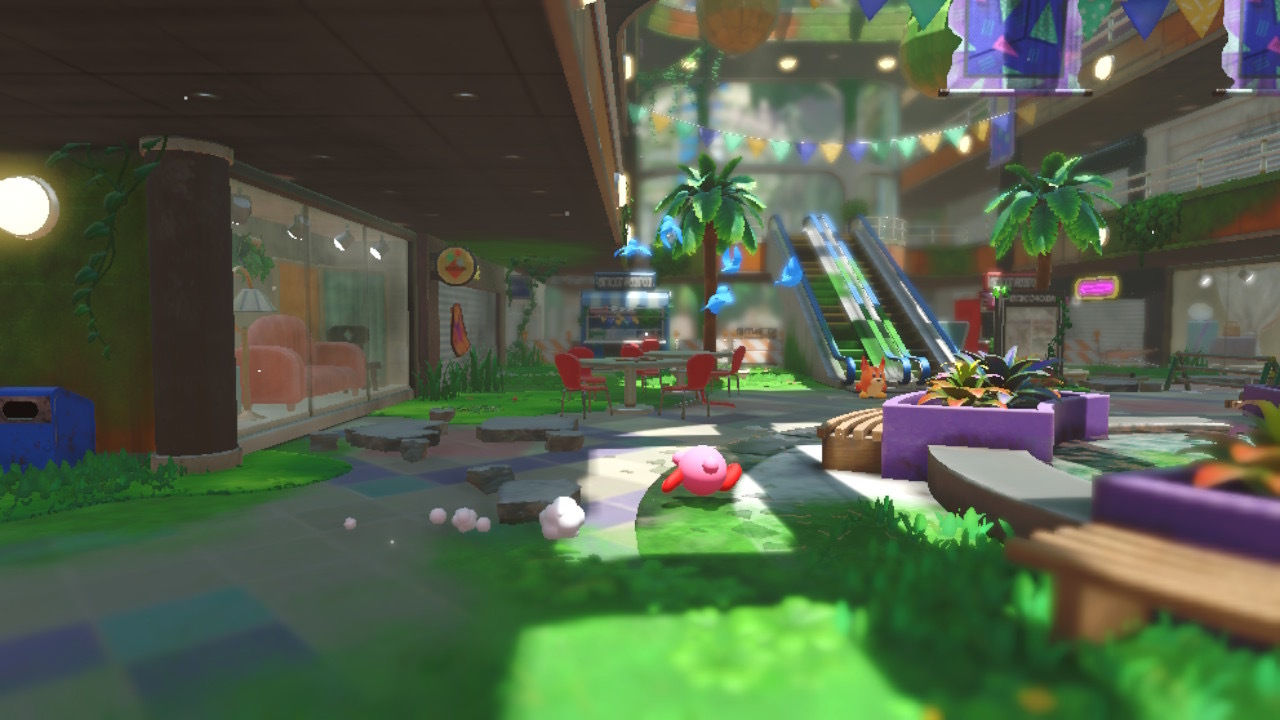
But even with HAL’s problem solving abilities, it sounds like there was one issue that took up a lot of time. The team was worried that simply turning 2D action into 3D action would result in a diluted sense of thrill and adventure. Because of the depth provided by 3D, it’s easier to dodge enemies. Unless they surrounded Kirby with enemies that all attack together, the game’s difficulty would drop. Kei Ninomiya from Nintendo also gave HAL feedback regarding the game’s difficulty. But according to Ninomiya, “new stages would still arrive with noticeable gaps in terms of enemy encounters.”
When Ninomiya reached out to HAL to find out why stages weren’t more densely populated, he received a surprising answer. According to HAL staff, “it wouldn’t be fair to poor Kirby to surround him with an overwhelming number of opponents!” It sounds like the team was hesitant to put their beloved Kirby in harm’s way.
There’s of course a consideration for young players and those not skilled at 3D action games, but it sounds like the team’s desire to not torment Kirby made configuring enemy placements even more difficult. While it was a tough hurdle to overcome, Ninomiya does say that they were able to bridge the gap over time.
This interview reveals a lot about HAL’s technical prowess and their love of Kirby. You can read the entire interview here.

